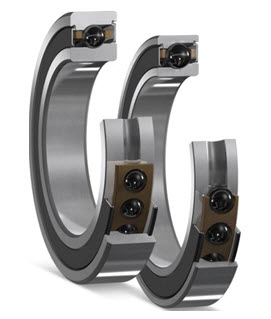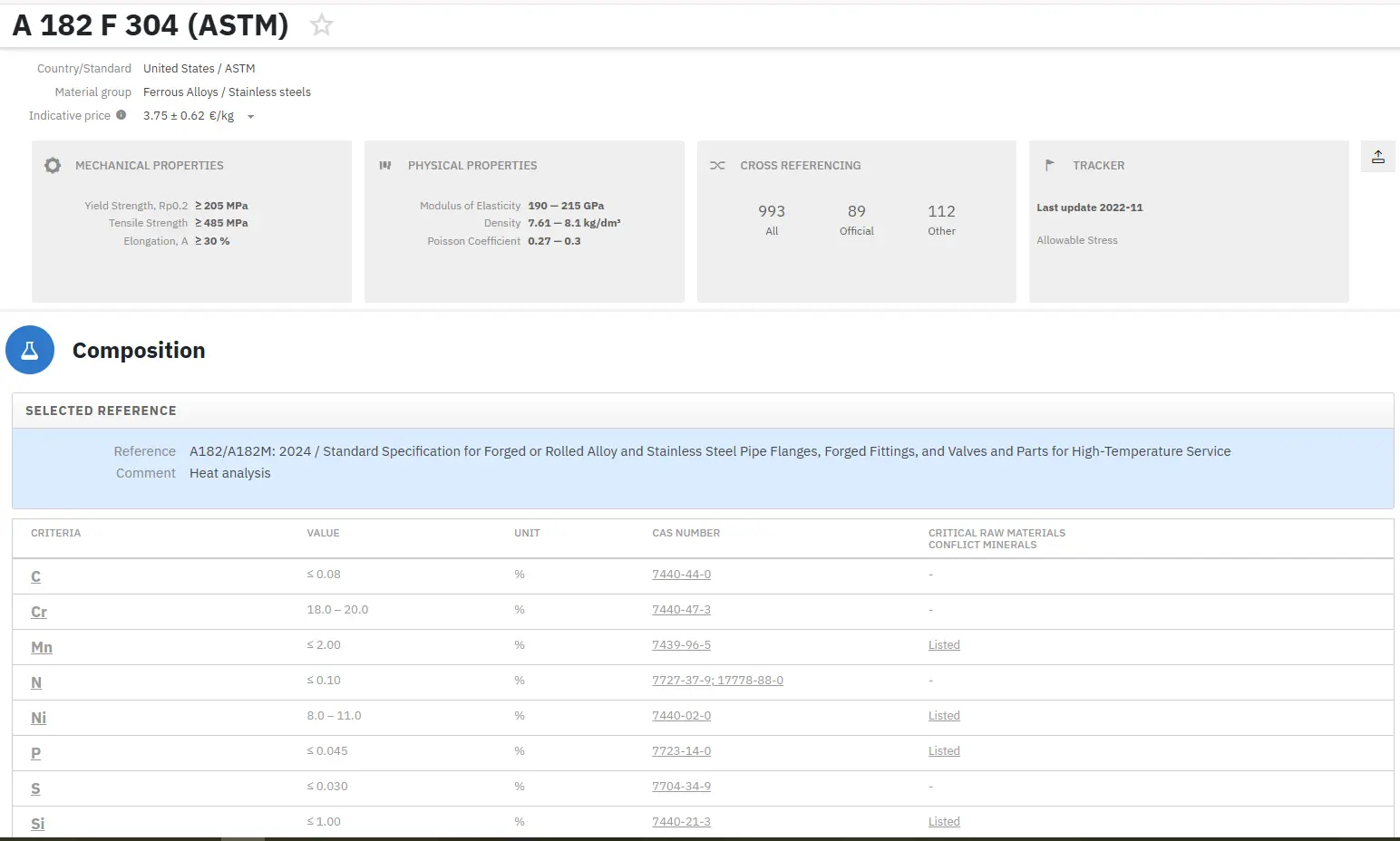Production of High Nitrogen Steels: Part One
Abstract
High nitrogen steels (HNS) are a new class of high alloy martensitic, austenitic or duplex grades with up to 0.9 mass% of N in solid solution.
The solubility of nitrogen in alloyed austenite is higher than in liquid metal and for this reason austenitic steels are smelted under normal pressure with the nitrogen content ranging from 0.4 to 0.5%.
Nitrogen as an alloying element, has been known and used in technical applications since the 1940’s, initially under the premise for nickel substitution in stainless grades. Nitrogen in low alloy steels is undesirable due to the formation of brittle nitrides; however, the use of nitrogen in high alloy steels has an array of advantages that makes it appear interesting as an alloying element:
- Significant increase of strength without restricting ductility
- Improvement of corrosion resistance
- Increasing the high temperature tensile strength
- Extended / stabilized austenite form
- No formation of tension induced martensite with high cold working rates
- Inhibits the discharge of inter-metallic phases
High nitrogen steels (HNS) are a new class of high alloy martensitic, austenitic or duplex grades with up to 0.9 mass% of N in solid solution. They are applied e.g. to stainless tools and bearings, in chemical engineering and for high strength non-magnetic components.
The use of nitrogen as an alloying element in steel has its specific peculiarities, due to the fact that it is in gaseous state under normal conditions. Nitrogen can be introduced into steel by the addition of ferroalloys containing nitrogen in the steelmaking process, by treating the steel with fused salts containing nitrogen, or by blowing the steel with ammonia or with pure nitrogen. Alloying of steel with ferro-alloys containing nitrogen has been used industrially. Nitrogen ferrochrome and ferromanganese are most frequently used for this purpose, usually added to thoroughly deoxidized steel at the end of the heat, either in the furnace or in the ladle.
Considerable progress has been made in recent years in the understanding of alloying steels with nitrogen under normal and high pressures and in studying the nature of the processes of forming the structure and properties of HNS, and in doing so, new areas of the application of these steels have been set out. The commercial-scale production of high-nitrogen steel products for the power industry, transport, chemical pharmaceutical, and food industries, has grown.
It should be emphasized however, that the use of HNS still does not meet the potentials for improving the properties of the steels, which result from their nature. Nitrogen, as an austenite-forming element, is a substitute for nickel and nickel prices are growing at an accelerated rate.
At least two causes of this phenomenon can be mentioned, namely: the increased demand for nickel for production of nickel-based special alloys, and the systematic growth in the production of the classical 18-8 stainless steel, though in many instances this steel could be substituted with a high nitrogen steel with a low nickel content, or even with a grade of steel without nickel.
In addition, nickel has proved to be an allergen, which also favors the spreading use of nickel-less steels. In this situation, the basic trend will be an unavoidable spread of the production and use of economically advantageous nitrogen-alloyed steels with low nickel content or steels not containing this expensive metal, of various structural types (austenitic, martensitic, and multiphase).
With any method of introducing nitrogen to the liquid steel the nitrogen content will be determined by the pressure of the nitrogen gaseous phase. Hence, the nitrogen pressure may be the basis for the most generalized classification of nitrogen alloyed steels. According to the classification, the alloying of steels with nitrogen can be divided into three groups, depending on the nitrogen pressure during their smelting: micro-alloy steels with nitrogen, nitrogen steels and high nitrogen steels.
At a pressure equalized with ambient pressure, nitrogen steels and micro-nitrogen steels can be smelted. The difference between them is determined by the chemical composition of the steels. Micro-nitrogen steels have a ferritic matrix. The solubility of nitrogen in ferrite is much lower than in liquid metal. Therefore, in order to avoid blistering, the nitrogen content in micro-nitrogen steels prior to their casting must be lower than the equilibrium content for PN2=0.1 MPa. For example, in low alloy steels this is normally not more than 0.02-0.03%.
Nitrogen steels contain Cr, Ni, Mn and crystallize following the austenite mechanism. The solubility of nitrogen in alloyed austenite is higher than in liquid metal and for this reason austenitic steels are smelted under normal pressure with the nitrogen content ranging from 0.4 to 0.5%. High nitrogen steels, in international terminology called HNS, have nitrogen contents higher than the equilibrium content for PN2=0.1MPa and therefore, specialized hyperbaric reactors are required for the production of these steels. The nitrogen content in austenitic high-nitrogen steels may even be higher than 1.0%.

Figure 1: High-nitrogen steel for super precision angular, contact ball bearings
Find Instantly Precise Compositions of Materials!
Total Materia Horizon contains chemical compositions of hundreds of thousands materials and substances, as well as their mechanical and physical properties and much more.

Get a FREE test account at Total Materia Horizon and join a community of over 500,000 users from more than 120 countries.